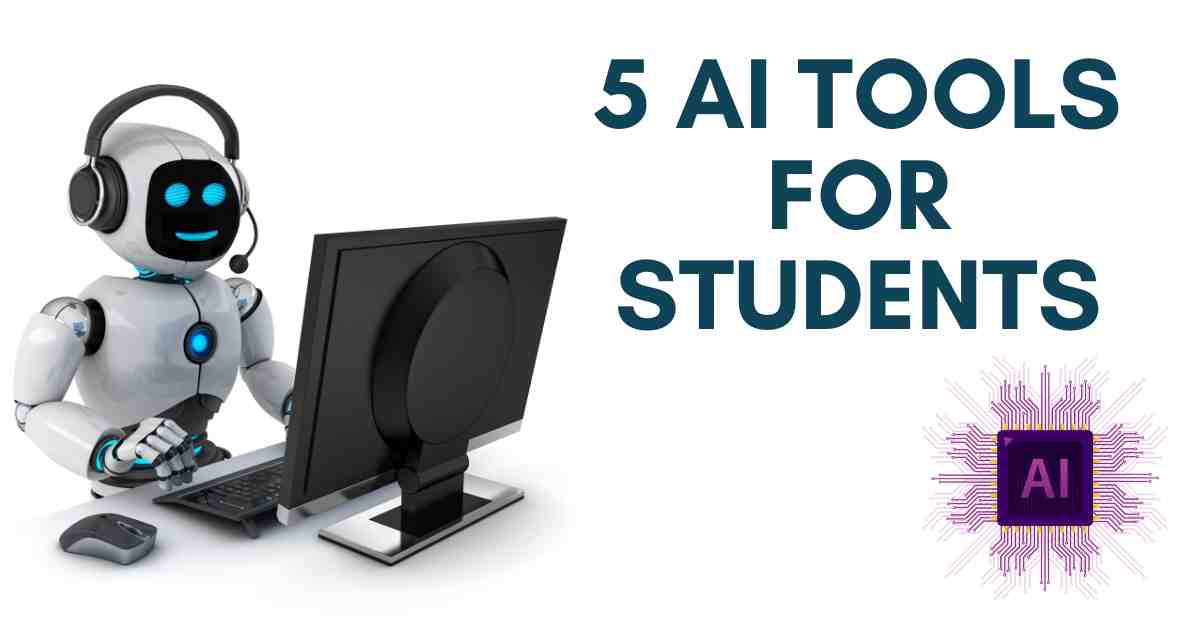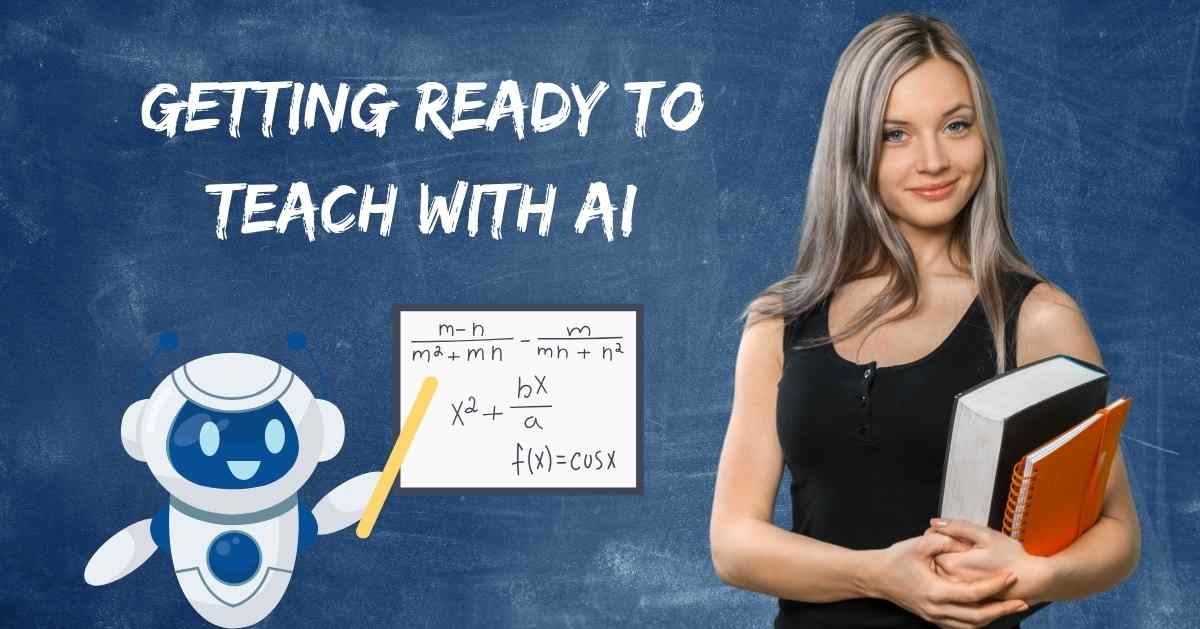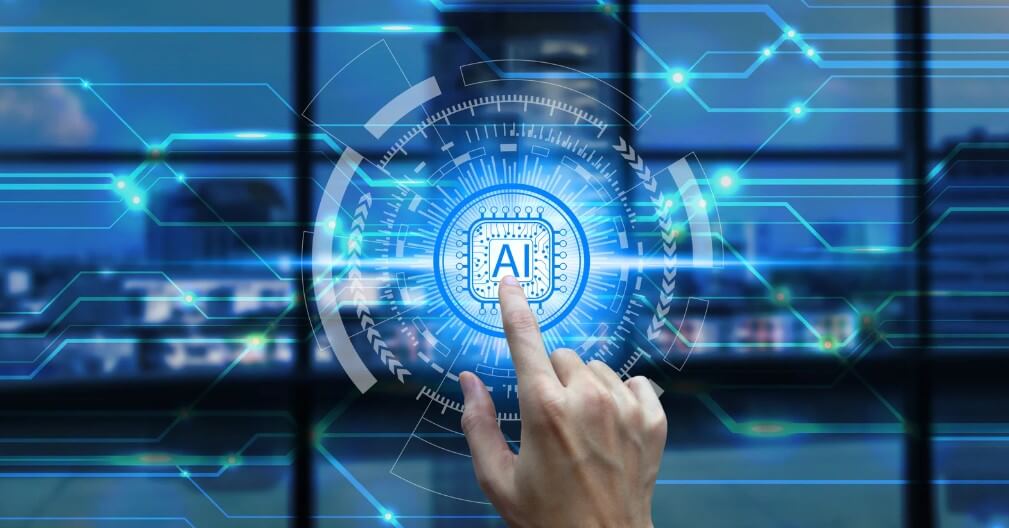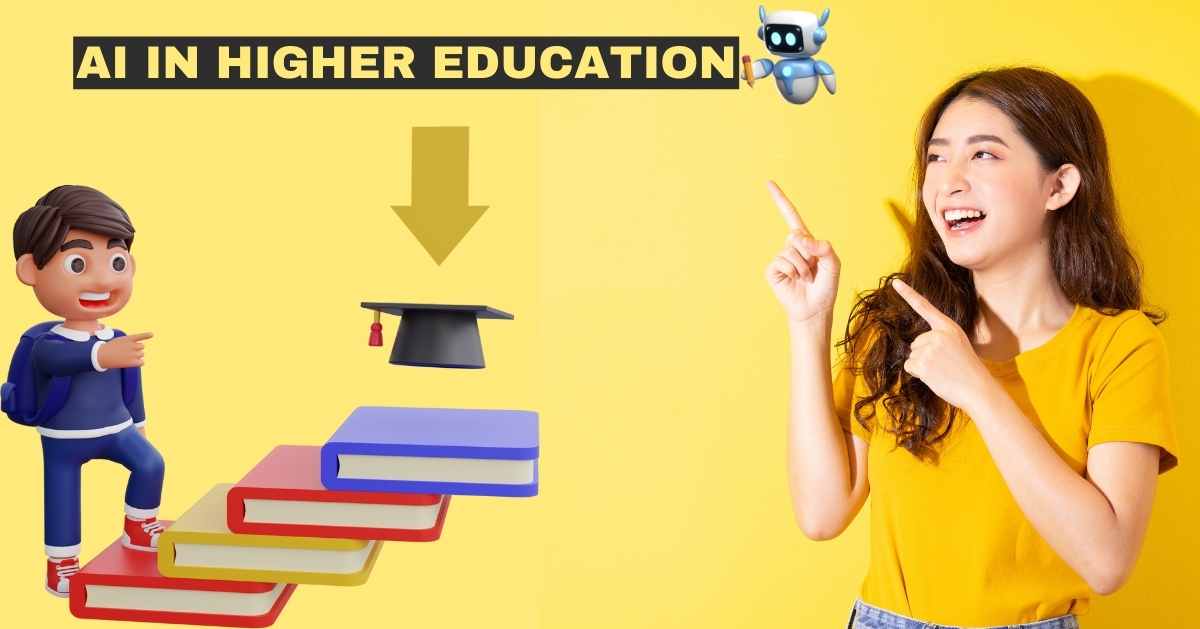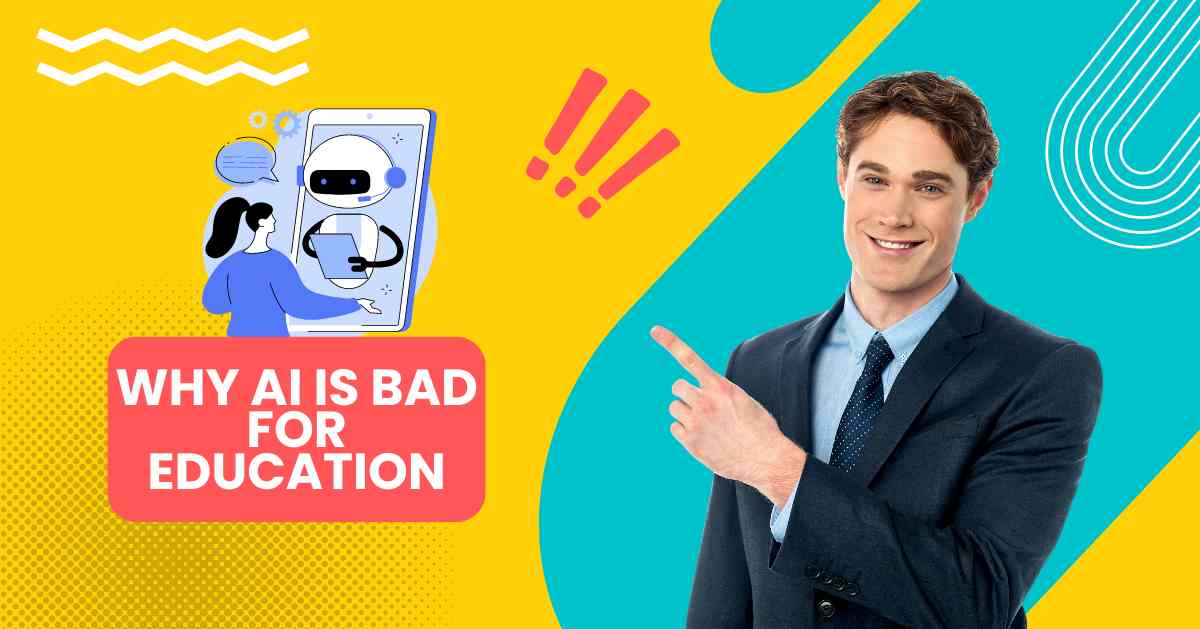AI and Machine Learning in Education: Benefits and Future Prospects
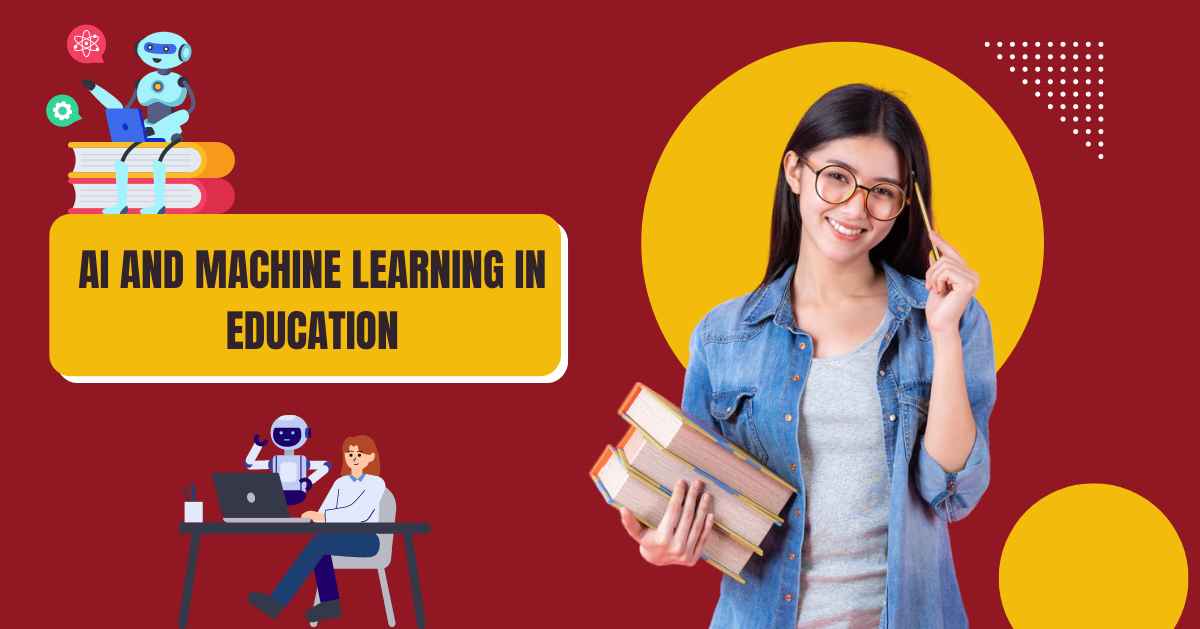
How technology changes our lives extends to education, impacting how we acquire knowledge. Educational tools, applications, and AI-driven platforms have become prevalent in education, integrating machine learning into school systems. These innovations manifest in materials and evaluation resources. When employed effectively, they have the potential to enhance the learning experience. For instance, AI-driven language translation aids students from different backgrounds to engage actively during classroom sessions.
What are AI and Machine Learning?
Artificial intelligence, often abbreviated as AI, refers to the development of machines that exhibit human intelligence. AI enables machines to simulate human thought processes and behaviors, acquire knowledge, process data, understand speech, and tackle problems.
Within the realm of AI lies machine learning (ML), a component that empowers systems to enhance their performance through self-learning mechanisms. ML is dedicated to crafting algorithms that can autonomously learn from data sets.
The integration of these cutting-edge technologies has significantly simplified our routines. For instance, we rely on Google Maps for navigation assistance, purchase items recommended by Amazon based on our preferences, and enjoy TV shows suggested by Netflix. The impact of AI and ML transcends sectors such as the entertainment industries.
New Technologies to Use with Machine Learning in Education
Traditional education can be transformed into an engaging and accessible experience by integrating machine learning with other technologies.
| Technology | Description | Value for Education |
| Virtual Reality (VR) | VR creates an immersive digital reality simulation. | VR offers students an immersive learning environment, making education more interactive and engaging. It provides hands-on experience while eliminating risks, such as in-flight or driving simulations. |
| Augmented Reality (AR) | AR enhances the physical environment with additional digital content. | AR overlays digital information like graphics, videos, and sounds on the real world, helping students understand abstract concepts better. |
| Internet of Things (IoT) | IoT is a network of connected devices that gather and exchange information. | IoT helps schools track resources efficiently, improve campus safety, and create new learning environments with smart boards and connected devices. |
| Robotic Process Automation (RPA) | RPA bots mimic human actions to automate repetitive tasks. | RPA streamlines educational processes such as attendance management, transcript processing, query answering, and automated feedback and survey analysis. |
[Read More: AI Revolutionizing Education: PowerPoint Insights]
How AI and ML Are Transforming Education
Personalized Learning
AI-driven technologies can assess how students learn, their speed of learning, and how well they perform to tailor experiences uniquely to each student. By pinpointing areas where a student may face challenges, these systems offer support or different explanations to facilitate comprehension. This personalized method enables students to grasp concepts and progress at a pace that suits them best.
Intelligent Tutoring Systems
Intelligent tutoring programs utilize intelligence to offer personalized tutoring to students. These programs can respond to inquiries, give feedback, and assist students in navigating tasks. By emulating the functions of a tutor, these systems provide tailored assistance that can adjust to the requirements of every student.
Automated Grading
Automated grading systems powered by machine learning can efficiently and precisely assess assignments and exams. These systems help educators save time, maintain consistency, and provide evaluations, allowing them to dedicate attention to teaching rather than administrative duties.
Enhanced Student Engagement
AI and machine learning can potentially enhance learning environments and offer experiences. For example, virtual reality (VR) and augmented reality (AR) technologies can immerse students in simulations, providing a hands-on and thrilling learning approach. These immersive encounters aid students in grasping concepts by representing them within a real-world setting.
Language Translation and Accessibility
AI language translation tools powered by intelligence can assist students from linguistic backgrounds in accessing educational materials in their mother tongues. This helps to eliminate communication obstacles and promotes a learning environment. Moreover, AI technology can assist students with disabilities through functions like speech-to-text and other accessibility tools.
Predictive Analytics
AI and machine learning can examine student information to forecast results and pinpoint students at risk of lagging. Analytics allows teachers to step in proactively and offer tailored assistance to ensure student success. By recognizing patterns and tendencies, educational institutions can make informed choices based on data to enhance achievements.
Streamlined Administrative Tasks
Robotic process automation (RPA) makes automating tasks in institutions easier. RPA bots can efficiently manage attendance, transcript processing, inquiries, and feedback, easing staff workloads and enhancing effectiveness.
Future Prospects
The integration of AI and ML in education is still in its early stages, but the potential for growth and innovation is immense. Here are some future prospects for these technologies in education:
Advanced Personalization
In the future, AI systems are expected to offer personalization that caters to academic requirements and emotional and social aspects. This will result in a learning journey customized for each student’s growth.
Lifelong Learning
AI and machine learning are set to help people learn throughout their lives by providing opportunities beyond the usual school setup. These advancements will make it easier for individuals to enhance and acquire skills, enabling them to stay relevant in a constantly evolving job market.
Global Collaboration
AI-driven platforms are set to facilitate cooperation between students and teachers. On a scale, online classrooms and collaborative projects are expected to increase, promoting awareness and teamwork.
Enhanced Data Security and Privacy
With the progress of AI and machine learning, there will be a need to enhance safeguards for data privacy and security. The upcoming developments will prioritize safeguarding student data while leveraging the advantages of data-driven discoveries.
Ethical AI in Education
Ethical AI advancement will be a focus, guaranteeing that AI systems are impartial and open. This will require exploration and cooperation among tech experts, educators, and policymakers.
[Read More: Top Digital Education Tools for Teachers and Students]
Benefits of AI and Machine Learning in Education
Improve Student Outcomes
Machine learning (ML) revolutionizes how schools monitor student progress and pinpoint issues. Through ML-driven learning, teachers can tailor learning journeys for each student. Schools leverage ML to enhance campus experiences and offer self-help features.
Increase Online Learning Reach
Creating video lectures, discussion forums, and various online materials was once costly. Nowadays, deep learning technology aids in providing translation, transcription, and text-to-speech solutions. These resources now make educational content more budget-friendly and easily reachable for students around the globe.
Accelerate Research and Discovery
Machine learning (ML) is now being applied across research disciplines, not just computer science. It enables researchers from various backgrounds to accelerate their work processes and uncover insights. ML facilitates information retrieval from research materials.
Improve Operations
Institutions use machine learning to attract students and forecast enrollment numbers with precision for effective capacity planning. Additionally, it aids in the prevention of fraud and ensures the safety of students and staff in physical environments. Schools can enhance their maintenance of facilities and equipment through machine learning algorithms.
Conclusion
AI and machine learning are revolutionizing education. They offer personalized learning experiences, enhance student engagement, streamline administrative tasks, and predict academic outcomes. Embracing these technologies is essential for preparing students for a technologically driven future.


